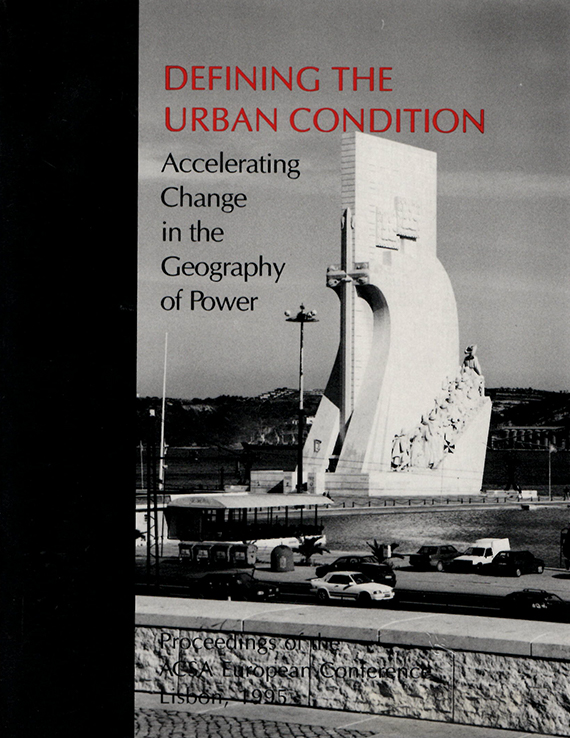Author(s): Wallis Miller
Since the beginning of the 18th century, the instability of the PrussianIGerman state has affected the shape of Berlin. Constant shifts in the boundaries of the empire as well as in its ideology have forced countless architectural redefinitions of the center of its capital. The decisions to preserve, renovate, or replace Berlin’s monuments have thus always been caught between considerations of their ideological impact and their effect on the body of historic docurnentation. Schinkel’s Neue Wache grew out of this tension. It was originally designed and subsequently renovated at significant points of change in German history: it was designed after the defeat of Napoleon and renovated after WWI, modified during the Nazi period, and substantially changed at three points after WWII: in the early years of the German Democratic Republic, at the height of the Cold War, and after reunification in 1993. Consequently, its architecture has always borne traces of history consciously transformed by the ideologies of the present.
https://doi.org/10.35483/ACSA.Intl.1995.31
Volume Editors
John K. Edwards

 Study Architecture
Study Architecture  ProPEL
ProPEL 
